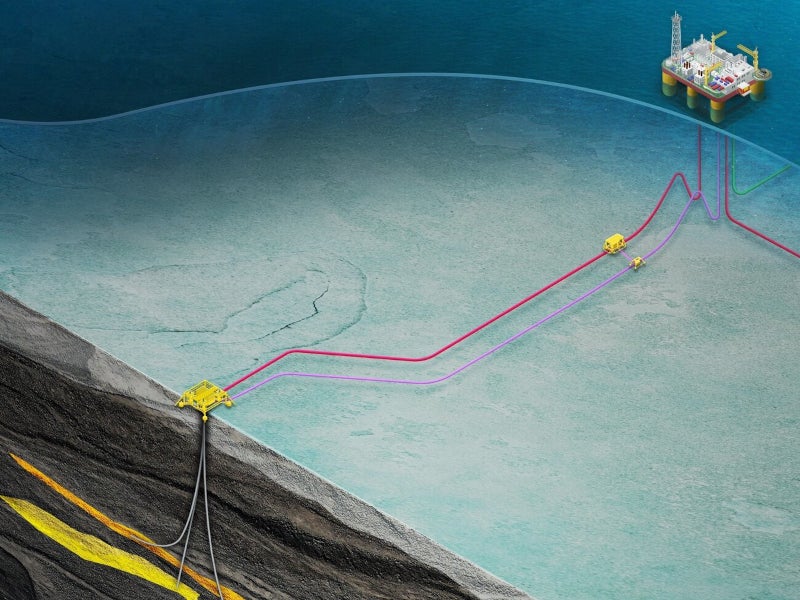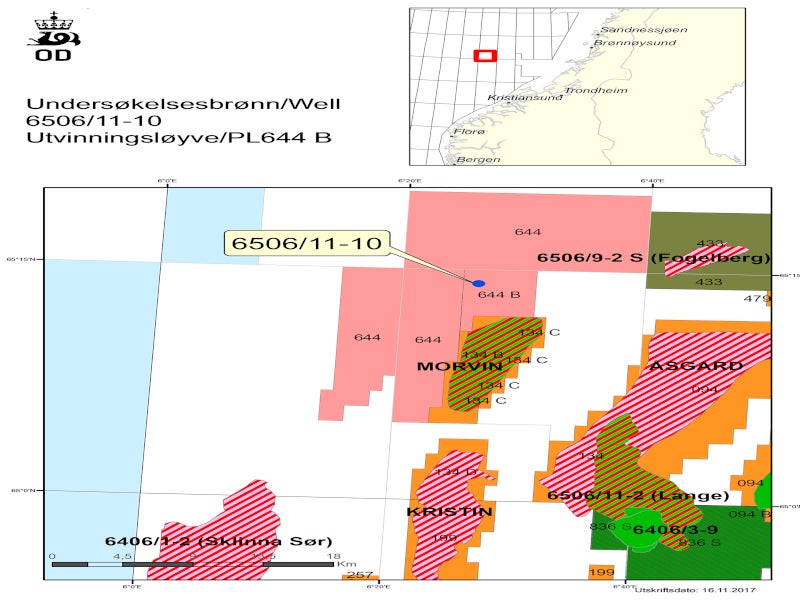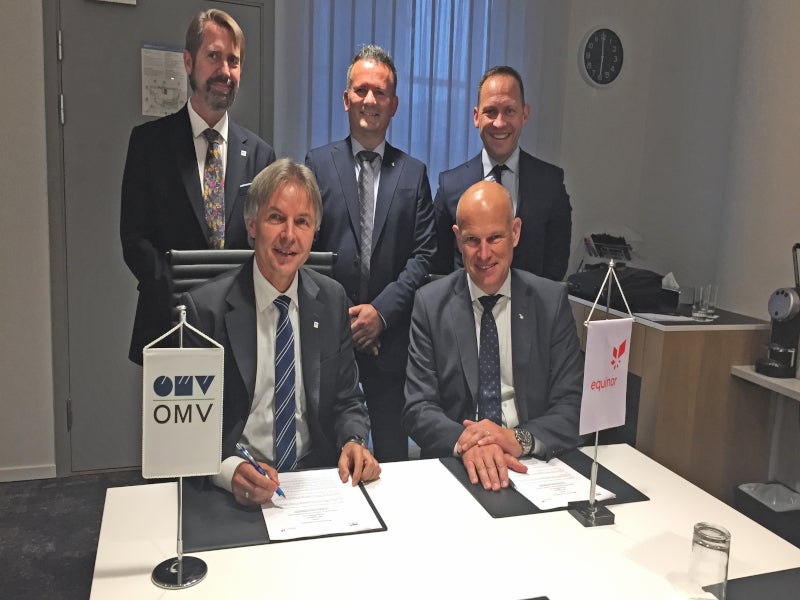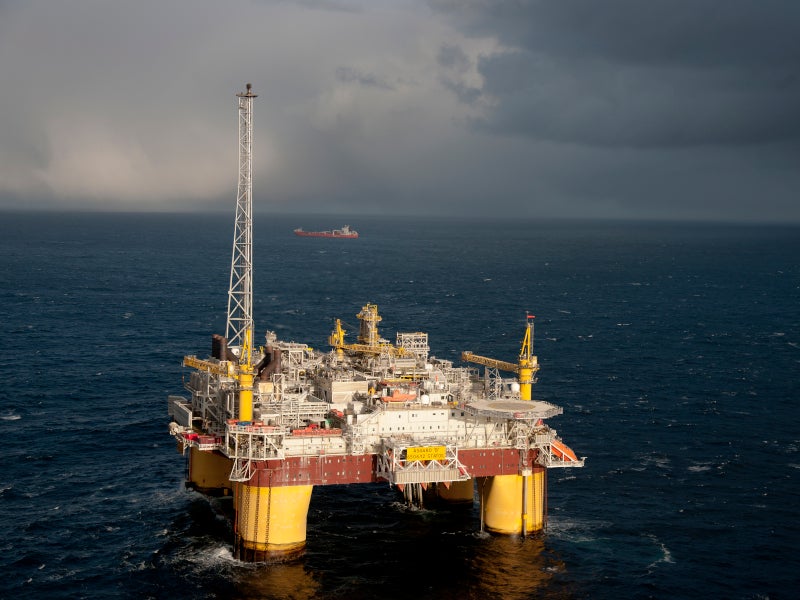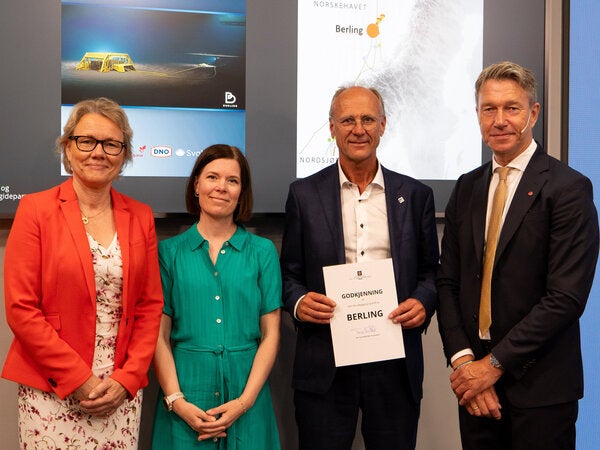Berling, formerly Iris Hades, is a gas and condensate field being developed at a water depth of 280m on the Halten Terrace, a hydrocarbon basin in the Norwegian Sea.
The field is operated by OMV (Norge), a Norwegian subsidiary of the Austrian oil and gas company OMV, with a 30% working interest. Equinor and DNO Norge hold a 40% and a 30% interest in the field respectively.
OMV and Equinor prepared the development concept for the project in accordance with a memorandum of understanding (MoU) signed in June 2019.
The plan for the development and operation (PDO) of the field was submitted in December 2022 and approved by the Norwegian Ministry of Petroleum and Energy in June 2023. The project involves an estimated investment of Nkr9bn ($922m).
Berling field location and geology
The Berling field lies within the production licences (PLs) 644, PL 644 B and PL 644 C, near the Morvin, Asgard and Kristin fields, which are operated by Equinor. The field is located 23km southeast of the Asgard field.
The field comprises two separate reservoirs, Hades and Iris, containing gas and condensate in sandstones. Hades is situated in the Cretaceous-era Lange formation, while Iris lies in the Jurassic-era Garn formation.
Discovery details of Berling field
Berling was discovered by the exploration well 6506/11-10 in April 2018. The well was drilled by Deepsea Bergen, a semi-submersible drilling rig owned by Odfjell Drilling, in PL 644 B about 245km north-west of the Kristian field and 5km north-west of the Morvin field in the central Norwegian Sea.
The exploration well’s primary exploration target was the Lange formation, while the secondary target was the Garn formation. It intercepted a 35m-long gas-condensate column in the Lange formation in Hades, about 15m of which comprises the reservoir with moderate to good properties.
Hades was estimated to hold 19 million barrels of oil equivalent (Mboe) with 113Mboe in the Lange formation, based on preliminary estimates.
The exploration well encountered a gas condensate column of about 95m in the secondary target Garn formation in Iris, 85m of which constitutes the reservoir, having moderate to very good properties. It intercepted gas-water contact at 4,295m below sea level.
The recoverable resources of the Berling field are estimated at 45Mboe.
Appraisal details
The appraisal wells for the Iris and Hades gas condensate discoveries were drilled in 2019 and 2020, respectively.
The appraisal well 6506/11-11 S was drilled 20km west of the Asgard field for the delineation of the Iris gas condensate discovery. It was drilled to a vertical depth of 4,433m and a measured depth of 4,443m below sea level, using the Deepsea Bergen drilling rig.
Drilled at a water depth of 382m in PL 644, the appraisal well encountered a 70m gas column in the Garn formation and multiple sandstone layers, totalling 55m with moderate to good reservoir properties.
It indicated an estimated resource of between 25.15Mboe and 75.47Mboe.
The appraisal well 6506/11-12 S was drilled on the Hades gas condensate discovery, about 5km west of the Morvin field. It was drilled to a measured depth of 4,150m and a vertical depth of 4,062m below sea level, using the Island Innovator drilling rig.
The 6506/11-12 S well intercepted an 8m-long gas column in the Lange formation, having 83m of sandstone layers with poor to moderate reservoir properties. It was terminated in the Lange formation.
Following the appraisal, the resource estimate of the Hades prospect was revised to between 12.58Mboe and 44Mboe.
Berling field development plan
Berling is a high-pressure high-temperature (HPHT) field and is planned to be developed with a four-slot subsea production system, including three production wells. It will be tied back through a 24km pipeline to the Asgard B platform, which is operated by Equinor.
OMV plans to drill three production wells via the Transocean Norge drilling rig.
The subsea installation is expected to start in the second quarter of 2023 and the drilling will start in the third quarter of 2026. The tie-back is expected to be completed by December 2027.
Contractors involved
Shearwater GeoServices, a geophysical marine seismic acquisition and processing services provider, was chosen to carry out a 3D seismic survey of the field in July 2023. Shearwater plans to use its SW Tasman and the Oceanic Vega vessels.
TechnipFMC, an energy technology provider, was awarded an engineering, procurement, construction, and installation contract for the subsea system of the Berling field in June 2023. The contract includes the provision of design and installation services for the subsea production systems, controls, pipelines, and umbilicals for the field.
TechnipFMC was also awarded the integrated front-end engineering and design contract, worth Nkr30m ($3.35m), for the development of the subsea production system for the project in March 2022.
Aker Solutions, an energy solutions provider, was awarded a contract to tie back the Berling gas field to the Asgard platform in March 2023. The scope of the contract includes engineering, procurement, construction, installation and commissioning of both tie-backs.
Aker Solutions completed the front-end engineering design of the project in August 2022.
SINTEF, a research organisation, was selected to verify theoretical modelling showing that heating cables can be eliminated without the risk of pipes being plugged.
Baker Hughes, an energy technology company, was awarded a contract for providing integrated well construction and completion services for the project in February 2023.
Heavelock Solutions, which has expertise in advanced downhole surge and swab simulations, was contracted to provide simulation services for the well-planning in the Berling field.

